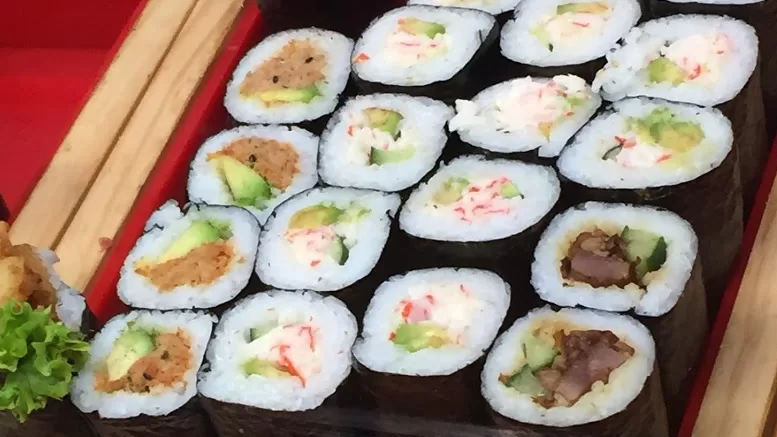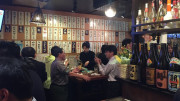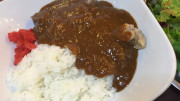Probably the best-known Japanese foods to Westerners are sushi and sashimi. In recent years, these dishes have become not just popular but downright fashionable in many major cities around the world. Many people believe sushi is raw fish—but it isn’t (although it can include it). Sushi is actually a range of small, rice-based finger foods presented in a variety of shapes and styles. Sashimi, on the other hand, is typically freshly prepared thin slices of raw fish served without rice.

Westerners are usually most familiar with sushi as a cylinder-shaped roll made with a sheet of dried seaweed—called nori—wrapped around rice and a filling of seafood, meat, or vegetables. But sushi is so much more than that. It comes in a diverse range of shapes, types, fillings, and flavours. The term sushi refers to any dish made with sumeshi or sushi meshi, which is vinegared rice.
Sushi is made from cold rice that’s been seasoned with sugar and vinegar after cooking, and it’s combined with a topping or filling that can include fish, seafood, meat, vegetables, or even egg. The toppings may be raw, cooked, or marinated. While some sushi is served scattered in a bowl of rice, more commonly it’s either rolled in rice and nori, or placed on top of hand-formed clumps of vinegared rice. In fact, vinegared rice is the only essential ingredient common to all types of sushi.
Some of the more popular types of Japanese sushi include:
- Nigirizushi (hand-formed sushi)
This is one of the most traditional forms of sushi. Nigirizushi is an oblong mound of sushi rice pressed by hand, with a touch of wasabi and a thin slice of topping—usually seafood—placed on top. Sometimes it’s tied together with a narrow strip of nori. - Makizushi (rolled sushi)
This is the kind most Westerners are familiar with, commonly found in Japanese restaurants and cafés worldwide. It’s a cylindrical roll of rice and filling wrapped in a sheet of nori. The filling can vary widely, though it’s worth noting that avocado, a staple in Western versions, is rarely used in Japan. - Temaki (hand rolls)
Temaki are large, cone-shaped rolls with a sheet of nori on the outside and the filling spilling out the wider end. A typical temaki is about ten centimetres long and is eaten with the fingers, as it’s too awkward to manage with chopsticks. - Uramaki (inside-out rolls)
This medium-sized roll has two or more fillings in the centre, surrounded first by a layer of nori and then a layer of sushi rice. The outside is usually coated in something extra, such as roe or toasted sesame seeds. - Oshizushi (pressed sushi)
Oshizushi is a rectangular block of sushi formed using a wooden mould called an oshibako. The chef lines the mould with the topping, adds a layer of rice, and presses it down with the lid. The resulting block is then sliced into bite-sized pieces with the topping on top.
One of the most popular and fun ways to enjoy sushi is at a sushi train restaurant. Here, a wide variety of prepared sushi plates move around diners on a conveyor belt. Diners simply grab whatever dishes they like as they pass. Each plate is colour-coded to indicate price, and at the end of the meal, the total cost is calculated by adding up the plates. It’s a brilliant way to sample different types of sushi—and it’s loads of fun.
In Japan, sushi is even considered a breakfast food and is readily available freshly prepared or plastic-wrapped in convenience stores and supermarkets. Most sushi ranges in price from around 100 to 500 yen, depending on the ingredients and style.




